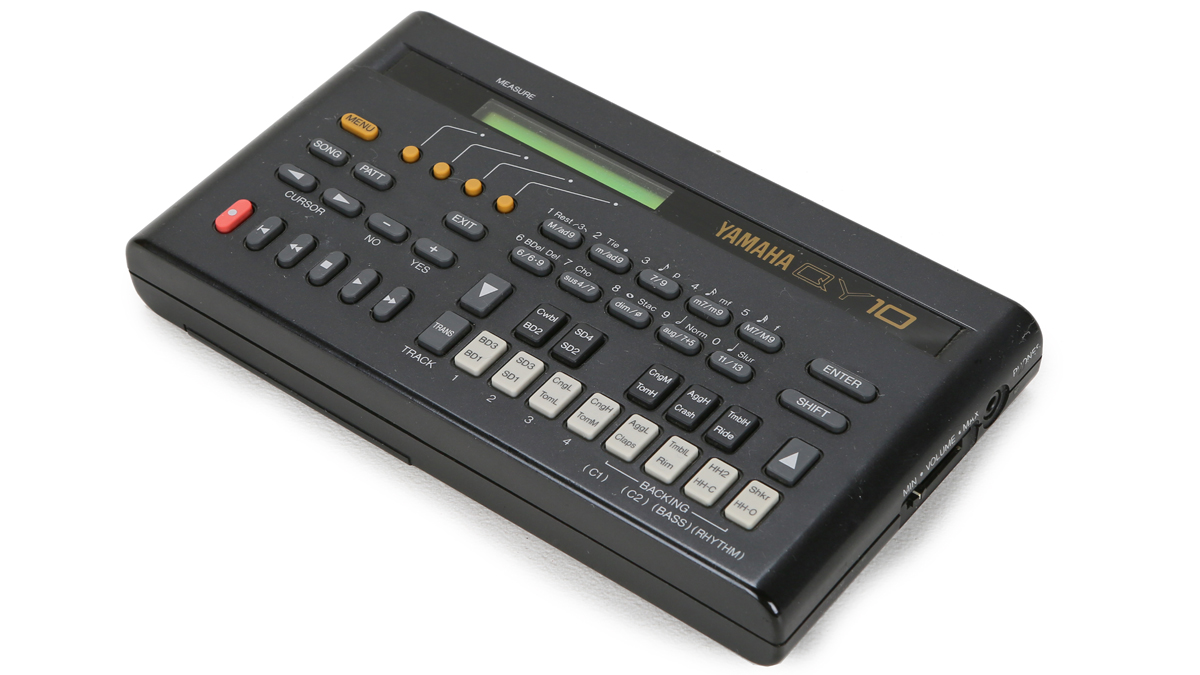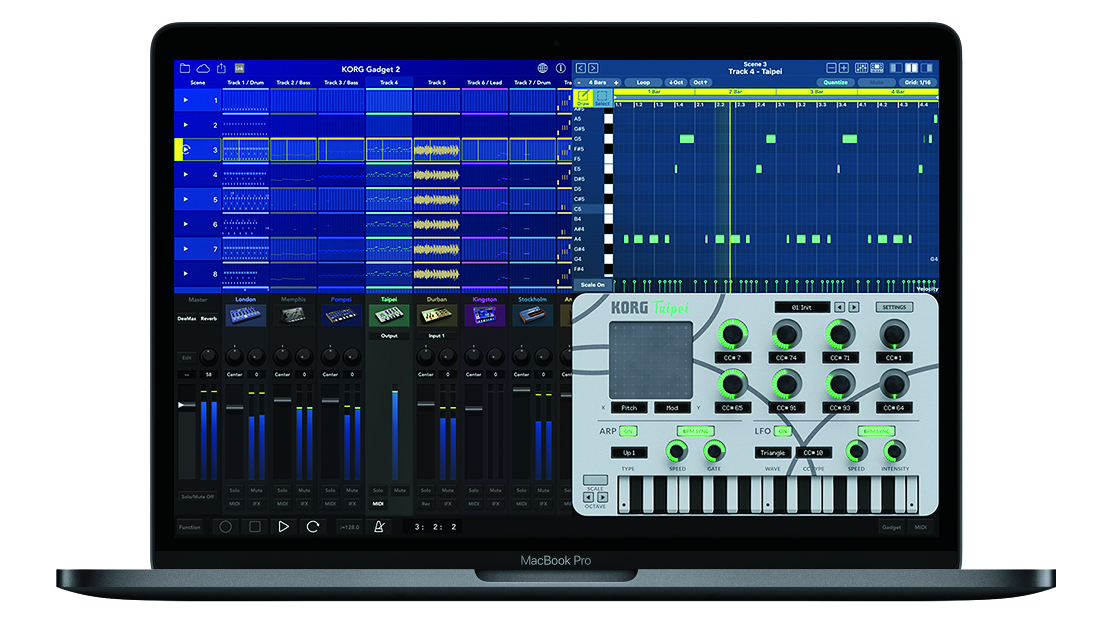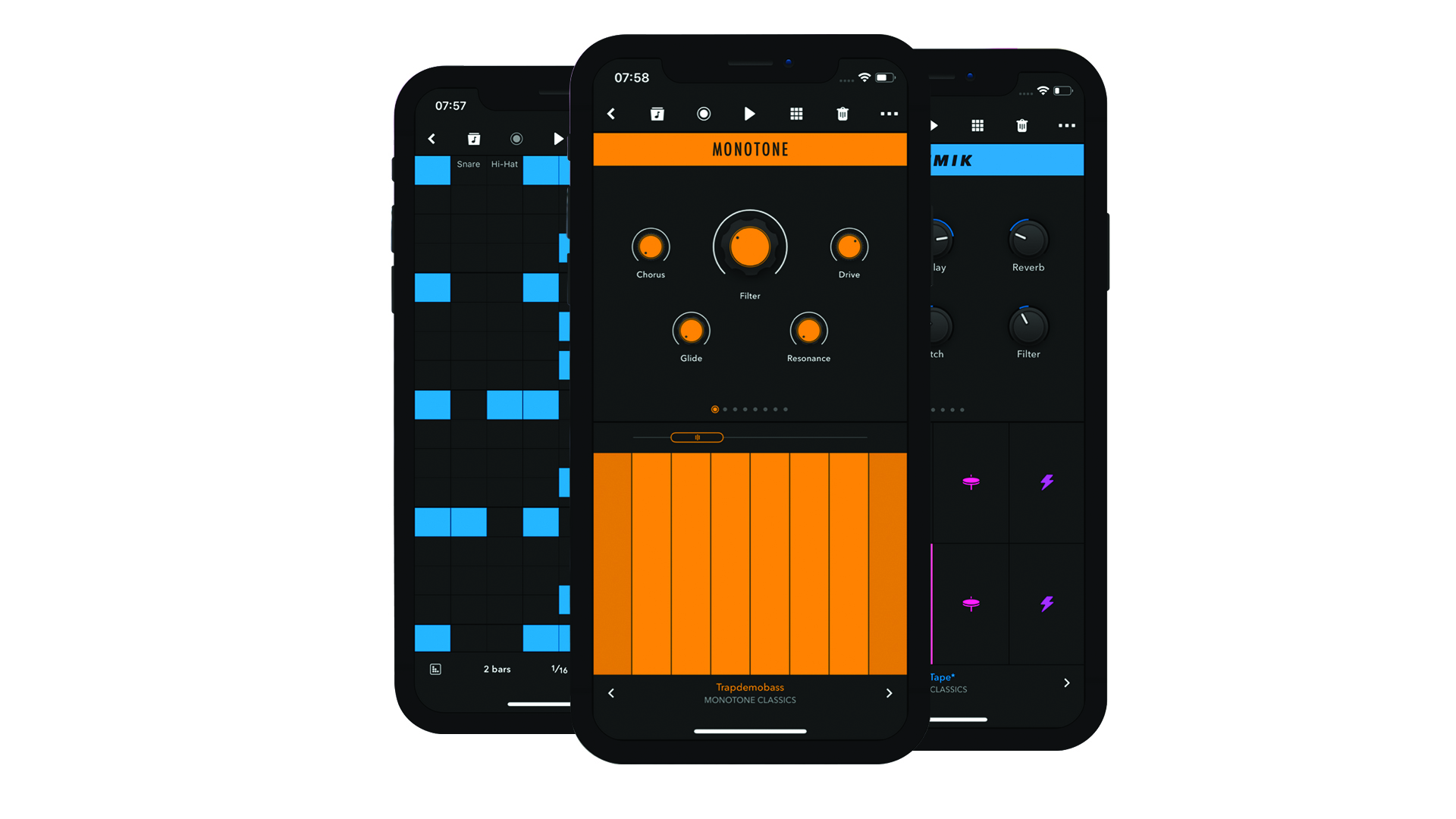Blast from the past: Yamaha QY10
The first serious attempt to create a portable music workstation, this diminutive device was decades ahead of the tabletop craze

If you’ve been to an electronic music gig in the past ten years, there’s every chance it was performed on a handful of portable, battery-powered boxes atop a folding table. A clear reaction to the ubiquitous onstage laptop, tabletop synths, grooveboxes and samplers are the tools of choice for the so-called ‘DAW-less’ musician. From battered and beaten Electribes to the lusty OP-1, desktop devices offer oodles of music-making power, and can easily be shoved into a backpack for the bike ride home.
Arguably, such devices evolved from the all-in-one sampling drum machines lurking in the corners of many a studio in the mid-1980s. Instruments such as the Linn 9000 and Sequential Studio 440 were intended as beatmaking workstations, but these machines were not only breathtakingly expensive, but unsuitable for travel.
The first truly portable groovebox came in 1990. Dubbed the QY10, it cost under three hundred quid and came from mega-music-machine builder Yamaha.
By today’s standards, the QY10 seems almost quaint. However, a close inspection shows that it had many features that have become popular with today’s electronic musicians. First, it’s tiny. Advertised as roughly the same size as a VHS tape (remember those?), it weighed little more than the six AA batteries from which it was powered. Offering audio outputs on a stereo 3.5mm jack and full-size MIDI I/O, it was dubbed a “walkstation” – a term which, thankfully, failed to catch on.
Year of manufacture: 1990
Original sale value: £249
Current price: £20-£50
Number made: unknown
The top panel offered 46 cheery buttons that would be familiar to today’s gadget-happy muses. These included transport controls, cursor buttons, and 13 note-entry buttons handily arranged into a standard keyboard octave – not unlike those on, say, Elektron’s Analog Four synthesiser.
The interface was topped off by a two-line LCD display that was, alas, not backlit, making onstage use a difficult prospect. Not that Yamaha intended the QY10 for the stage. Indeed, the QY10 was meant as a portable sketchpad on which one could whip up simple 8-part arrangements on the go using the various (uneditable) onboard sounds.
With 28 voices of polyphony, it was just about feasible, too, even if the quality of the onboard sounds were decidedly mixed, and always that little bit too vanilla to generate too much excitement. Sure, there were a smattering of 808-style hits, a pretty good clavinet patch and a couple of meaty synth basses, but most of the QY10’s 31 factory multisamples (two of which were comprised of 13 drum sounds arranged into kits) were suitable merely as placeholders until a suitable MIDI workstation could be attached to it.
Want all the hottest music and gear news, reviews, deals, features and more, direct to your inbox? Sign up here.
As a MIDI sequencer, the QY10 could still be considered as a cheap and cheerful box for a musician to have around. Eight tracks were available, with four dedicated to patterns, either factory or user-made.
Interestingly, Novation made its first big splash with the MM10, a MIDI keyboard designed to control the QY10, complete with a little slot into which the QY10 could be neatly and securely slotted.
Today, the QY10 is best viewed as more of a historical entry, rather than as a desirable bit of vintage kit.
Three great plugin alternatives
Korg Gadget 2

Today, there are loads of hardware gizmos that look like they could be direct descendants of the QY10, though it’s harder to name a software heir – unless, that is, we take the portability of iOS devices into account. If so, Korg’s music production app is a shoe-in – particularly if we were to plug in one of Korg’s ‘nano’ keyboard controllers.
Sonic Cat Ravity

We haul this ancient Windows chestnut out every time we discuss a Yamaha ROMPler, and the QY10 – as limited as its sonic palette may be – is no exception. Intentional or not, Sonic Cat’s mini-ROMpler sounds very much like one of Yamaha’s AWM-powered machines. Pair it with a basic sampler and you’ve got yourself a QY10 on steroids.
Reason Studios Reason Compact

The intent of Reason Compact for iOS is in line with that of the QY10: to act as a musical sketchpad on the go, with the ability to transfer any mini masterpieces it inspires over to a more capable system for further polishing.


Computer Music magazine is the world’s best selling publication dedicated solely to making great music with your Mac or PC computer. Each issue it brings its lucky readers the best in cutting-edge tutorials, need-to-know, expert software reviews and even all the tools you actually need to make great music today, courtesy of our legendary CM Plugin Suite.
